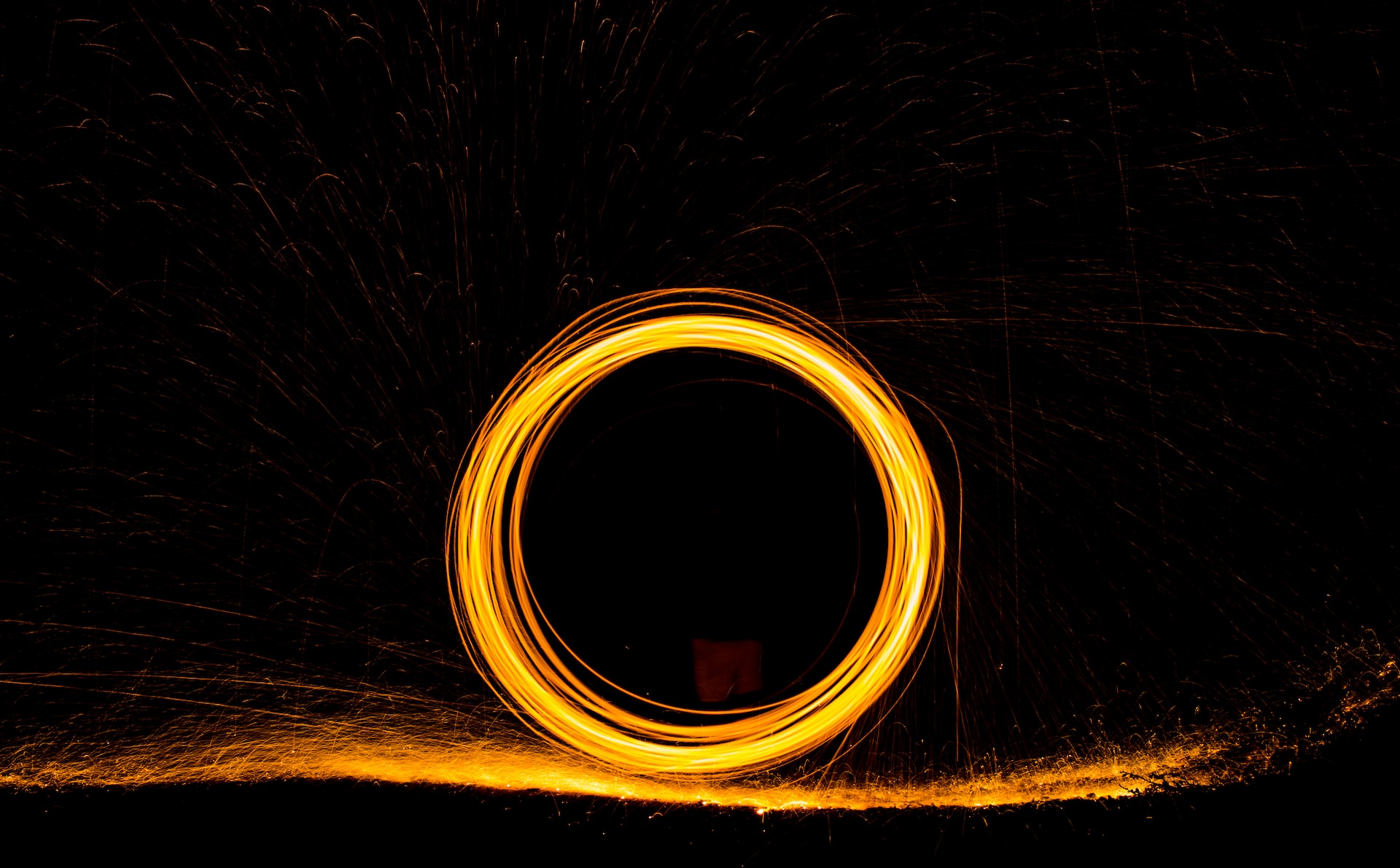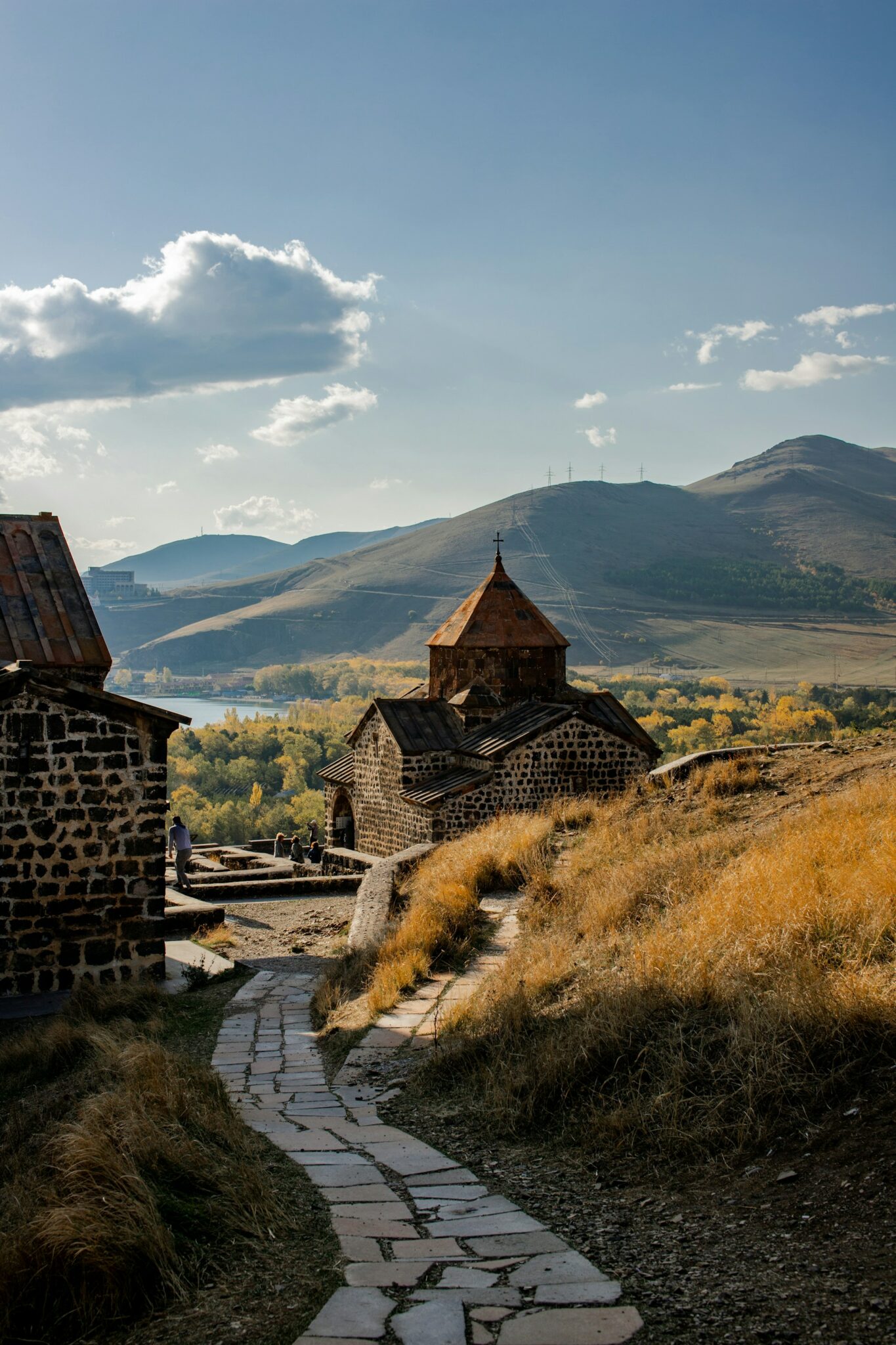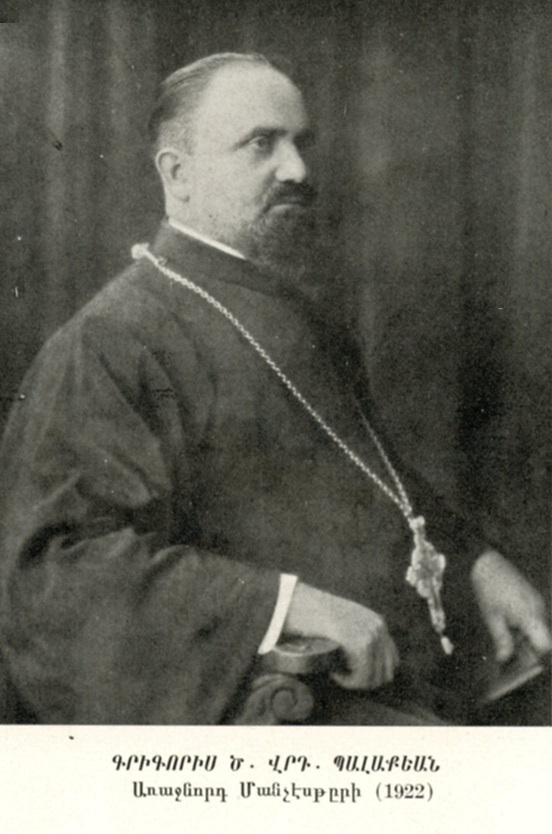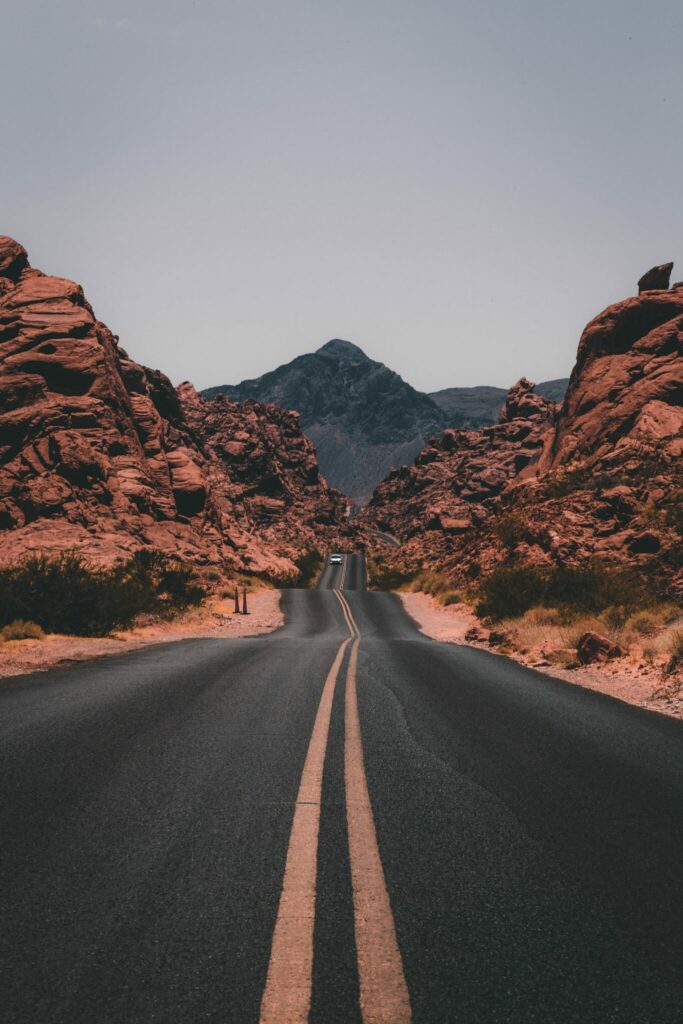Most Recent News


Popular News




Recommending a phenomenal book covering the Armenian Genocide.

In this article, I am recommending a book to my readers that probably few of you have heard of, but is one of my all-time favorites in the history genre. It is titled “Armenian Golgotha: A Memoir of the Armenian Genocide, 1915-1918”. It was written by Grigoris Balakian in 1922. I own the 2010 translation by Peter Balakian.
This book was both a banned book and an obscure book for a very long time. Few read it. Even now, it’s not very well known. We didn’t even have an English version until relatively recently (2009), because the author is Armenian and wrote in originally only in Armenian. It was also kept out of circulation for a long time. But it’s still worth a read. As many of you know, oftentimes, the lesser known books are some of the best.
This book covers the Armenian genocide by the Turks. This particular atrocity is probably the most unrecognized genocide and ethnic cleansing in history. The Turks to this day still do not even admit it, nor take responsibility. The latter being not particularly surprising, given the history of that wicked Turkish state.
Given what happened, it’s truly a miracle any Armenian survived.
The most interesting part about this book is that the author is not some historian or foreign reporter—He was an Armenian that survived through it. I have always considered Balakian as a parallel to Solzhenitsyn but for the Armenians. He lived the evil, but also had a gift for retelling it.
Here is a brief history of Balakian:
The book I am recommending you read from Balakian stems from this diary. He used the diary to write the book. It gives the firsthand account of the atrocities committed against the Armenian people during the Turk’s Genocide.
For the survivalists out there, it also demonstrates how he survived (which may be helpful in the years to come).
After surviving the genocide, Balakian dedicated himself to preserving the memory of the Armenian Genocide and advocating for recognition and justice for its victims. He continued his intellectual pursuits, writing extensively on Armenian history, culture, and theology. He died a hero in many Armenian’s eyes, and is still considered one to this day in their country. It is a shame he is not as well known outside of its borders.

The quick summary of the book is this: In the early 20th century, there was a systematic extermination of over a million Armenians by the Ottoman Turks. This book recounts living through that ordeal, against all odds.
The book covers the below timeline, following Balakian’s extensive diary:
When we look at human history, there are certain evil acts that stand out from the rest. My research into the Armenian genocide makes me always include it on any list of the worst of the worst. It is especially wicked given the fact that no one was ever punished, nor have the genociders ever even admitted fault or error. At the end, the people suffered and justice was never delivered. The Armenians still to this day struggle because of these events.
This book is also a unique work because it is from the eyes of a priest—a spiritual leader—at such a horrible time. A tragic but profound interplay works out in the book when he speaks about the horrors he witnessed and how he responded as a celibate man of God.
Balakian, much like Solzhenitsyn, really captures the overall “feeling” (spirit) of the tragedy. Something that is no simple task to do as a writer.
It is simply shocking to read about how vibrant and interesting the Armenian community was in the Ottoman Empire pre-World War 1, before that government began the campaign of ethnic cleansing. It all happened very fast. As the saying goes: It started slowly and then suddenly.
Much of this disaster involved marches through the desert where thousands died. After reading this book, I, for one, never have a desire to step into the Syrian desert. That much is for sure.
I encourage all of my readers to read this book. It is powerful. Much like other first-hand accounts of the evils of humanity, it can shape or reshape your worldview.
But I believe this book is especially necessary for Christians, as Armenia was, and still is, a staunchly Christian state that was massacred by non-Christians. There are countless lessons here, and modern Christians rarely take the time to learn them.
Tribulation is coming, and we need to learn from history, for when this inevitably happens again. Because this time, it just may be you living through it.
Read Next: A Quick Summary Of Two Thousand Years Of Christian History
If you enjoyed this article, bookmark the website and check back often for new content. New articles most weekdays.
You can also keep up with my writing by joining my monthly newsletter.
Help fight the censorship – Share this article!

(Learn More About The Dominion Newsletter Here)